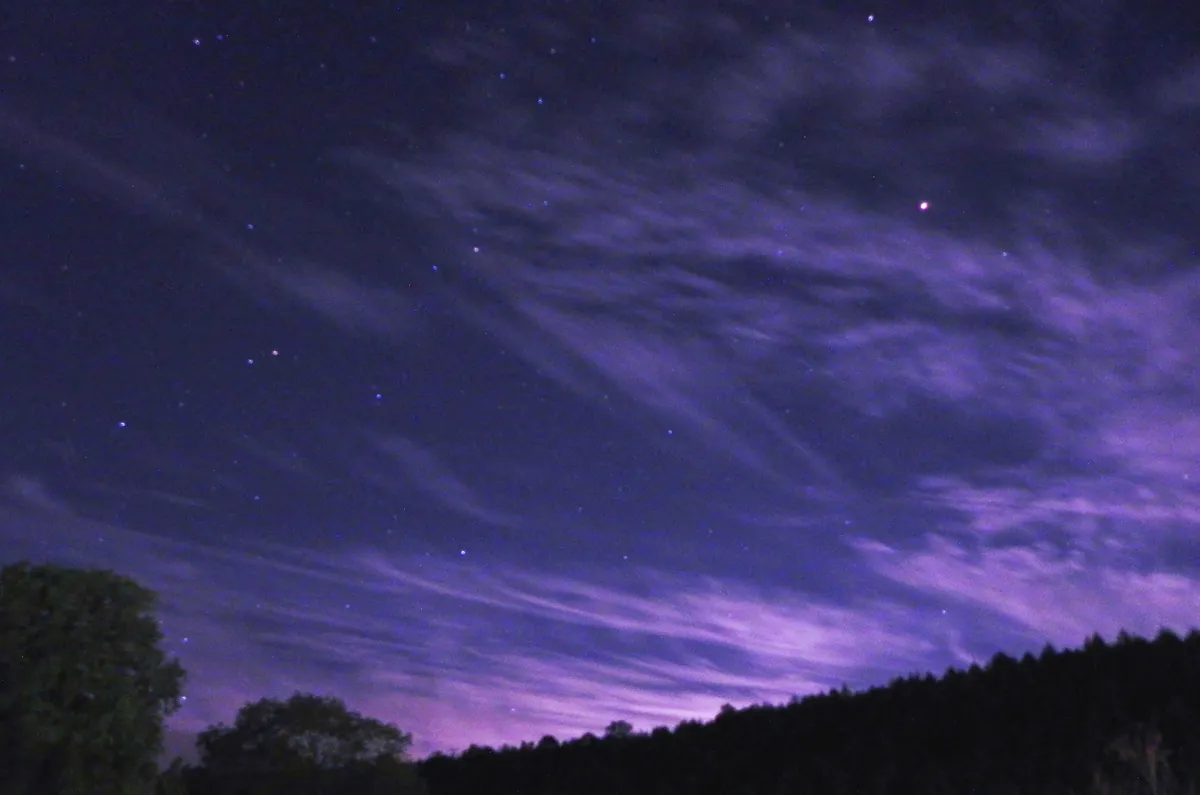Face the southeast after sunset on a warm spring evening, look halfway up in the sky and you will see a bright orange-white star shining there, pretty much all on its own.
This is Arcturus.
The brightest star in the constellation of Boötes, the Herdsman, which looks like a giant, starry kite, Arcturus is often given little more than a passing glance or skipped over altogether by amateur astronomers and skywatchers.

It is one of the loneliest stars in the sky. It has no bright celestial neighbours.
Spica is almost 33 degrees away and Regulus is as far away as that again.
And Arcturus is so far from the ecliptic that it is never visited by the Moon or any of the planets, either.
Arcturus spends the whole year shining on its own, ignored by observers eager to turn their eyes or swing their telescopes towards more interesting objects.
But that’s a shame because Arcturus is a fascinating object in its own right.

Why Arcturus is such a fascinating star
It's bright
For a start, its apparent magnitude of -0.05 makes Arcturus the fourth brightest star in the whole of the sky; only Sirius, Canopus and Rigil Kentaurus are brighter.
So if you’re a northern hemisphere observer who only sees Sirius for part of the year, Arcturus it is the brightest star you can see most often.
It's a key point in the sky
Like many of the objects in our night sky, Arcturus owes its name to the ancient Greeks.
Its name means 'Guardian of the Bear', and was given that title because of its proximity to the constellation of Ursa Major, the Great Bear.
Indeed, for hundreds of years stargazers setting out to learn their way around the night sky have found Arcturus using the stars marking the curved tail of the bear, following the famous astronomical saying 'follow the arc to Arcturus'.

It's a beautiful colour
We now know that Arcturus is a type K red giant star 36 lightyears away from our Solar System.
170x more luminous and 25 times larger than our own Sun, Arcturus is much cooler than our own Sun, with a surface temperature of around only 4,000°C / 7,200°C, which gives it its lovely orange hue.
Use it to find T Coronae Borealis
Although Arcturus shines on its own, it can be used to find a number of fascinating objects around it.
Look to its east and you will see a small crescent of stars.
This is Corona Borealis, the Northern Crown, which is particularly interesting because of one of its stars, T Coronae Borealis.
This 3,000 light-year distant star is known as the 'blaze star' because it is usually too faint to be seen with the naked eye, but every 80 years or so it brightens dramatically and becomes as bright as Polaris, the Pole Star.
This last happened in 1946, so is due to happen again sometime in 2024…

Use it to find globular cluster M13
Look a little further eastward and you’ll arrive at the constellation of Hercules, home of the magnificent globular star cluster M13, considered by many observers to be the most beautiful globular cluster in the northern sky.
Use it to find Spica
Having 'followed the arc to Arcturus', you can continue that imaginary line by 'driving a spike to Spica'. Spica is the brightest star in neighbouring Virgo, a sprawling constellation a-froth with galaxies.
So next time you find yourself out under a clear spring night sky, take time to admire Arcturus for more than a few moments. It deserves it.
Are you a fan of this overlooked star in Boötes? Let us know by emailing contactus@skyatnightmagazine.com

